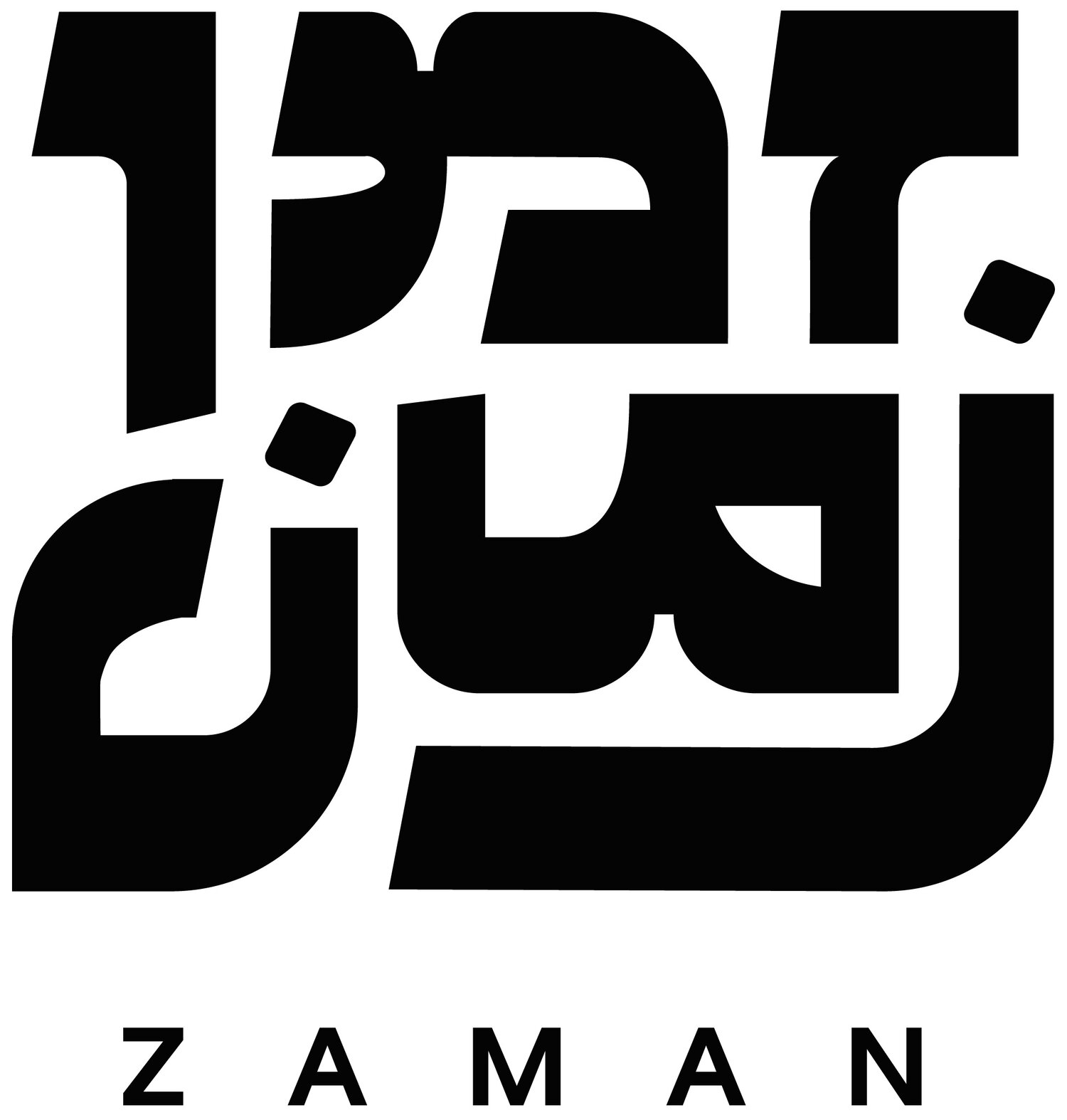Ode to a Color
When I try to imagine Iran, I end up recalling memories from my grandmother’s apartment more clearly than any image of the actual place. There’s homemade khoresht, compositions by Lachini and Rohani, my grandmother’s embrace when I walk through her screen door.
What I can see now, at her apartment, are two plates hanging vertically on the wall. Their edges are ridged, they soothe. When I recall her old house where I spent my childhood, I see their undulating blue shapes in the same way: amongst the voices of my family, overlapping into noise, they are anchored, distinct from all things temporary or unimportant, calling for silence and true consideration. For as long as I can remember, their color has struck me as peaceful, regal, and demanding of my attention.
Persian blue.
I always wondered why the color blue got assigned to sadness, or reflection, but I remember the ocean and the sky and I get small again—get context—and understand it more. Oh, he’s feeling blue. My grandma, sitting at the head of the table, tells me the sky and the sea are different where she grew up.
I understand how blue changes depending on landscape and psyche. I see how different groups of people make what they want out of the life before them, make what they need out of symbols, colors, events. Persian blue is not the treacherous sea or the fear of nightfall, Persian blue is the hills in the spring, coated in an auspicious, life-cannot-be-better coat of cool morning mist, an absence of fear. Persian blue is something to keep close, something to pray for, something to pass down to loved ones. It gives royalty to common people, it balances and connects us. My grandfather is from Esfahan, and that’s where the plates were made.
There’s something musical about the design of the plates, too—the symbols encircling upon themselves, their heart-clenching and hypnotic lure. The curved pattern almost resembles an arrangement of bass clefs. Minakari is practice of enameling these designs onto plates. The curvature and cool hue of the forms on the plate makes them look like they were drawn from the flowers that glaze the green hills of Iran in the spring. The minakari hums a melody from the past, hums the blooming of aster flowers after a cold season. A reminder of something overwhelmingly good, of home.
I remember going to a concert this year where the audience got to know each other before the show. We all shared our favorite colors. My favorite was purple. We were all sharing our favorite colors and it just so happened that all the blues were sitting near each other already. Despite being strangers, they reclined in comfort as they sat criss-cross applesauce, knowing that the people in their proximity were less strange now. They could lean into their blueness together, grinning at the coincidence.
My family dinners might feel the same. All of us with the Persian blue in the cavities of our memory, stuffed into the tranquil period before rushed transitions and adjustments and foreign languages, the Persian blue wafts and sings like a dream. The plates hang to remind us of some kind of motherland, even for those like me who have no memory for reference. I can see what they see, through the spindling flowers engraved into stone. We meditate on them. We find peace through them, because of them, in spite of their taunting song of a reality we might never see again. We choose hope, for here.
We lean into our blueness. Plates can break, just as enamel can sing, blending with the breaking of tahdig and the practice of tarof, the serenades to Persian spring and family celebrations. The blue drifts in for all of it, the blue is it: that link to four letters that evoke comfort and freedom, the reminder that this is home too. I breathe in deeply when I hug my grandma goodbye. The sensation of Persian blue doesn’t cut short with the sweeping close of the screen door; it fades with each step away from her apartment. It’ll be there when I return.

